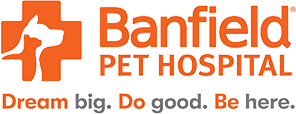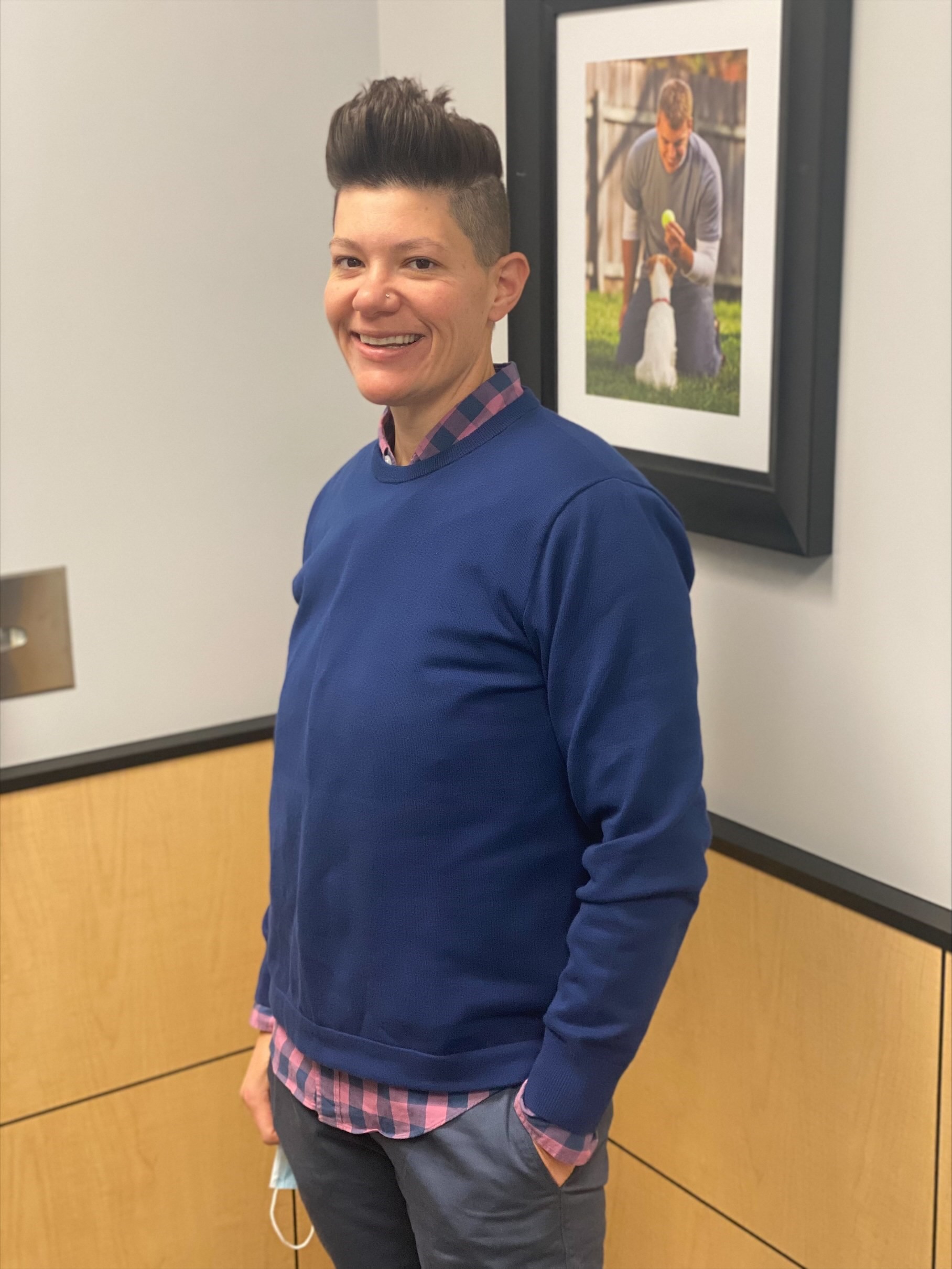Supporting Families with Flexible Schedules in Maryland
Area Chief of Staff, and now Interim Field Director, Dr. Veronica Talbert, DVM, knows first-hand that great opportunities can come when you least expect them. We had a wonderful conversation with her about how she grew her career from a locum veterinarian to field leadership and her approach to balancing motherhood and her work in veterinary medicine—plus advice for anyone looking to join the Banfield family. Read her story.
Can you walk us through your journey with Banfield?
When I graduated from school in 2008, I never imagined where I would be today. I joined Banfield in the fall of 2012 as a locum veterinarian. I was six months pregnant and happily unemployed. I had recently moved to Maryland about six months prior and had just secured my MD license, which made me stand out on the talent acquisition radar. I initially ignored emails because I was pregnant and thought, “This didn't make sense right now.” Still, after the mention of locum positions, I decided that a phone call couldn’t hurt. During that call, I must have told the recruiter three or four times that I was pregnant, waiting for them to be like, “Oh, ok,” and hang up, but nope. One thing led to another, and I started working for Banfield at the Laurel location.
When I left for maternity leave, I knew I didn’t want full-time work with a young baby, but a more consistent schedule would be easier for planning my child care needs. I talked to my medical director, and she was more than happy to have me start back after maternity leave as a part-time associate at Laurel. I worked there for a couple of years before transferring to the Hanover location, closer to my home. I had my second child and continued part-time for another year when there was a need for medical leadership at that location. I was asked about my interest in the role and became Chief of Staff of that hospital—transitioning to full-time status.
In the summer of 2020, I accepted a stretch assignment as the Area Chief of Staff pilot, opened a new hospital in Olney, and ran both hospitals through the end of that year. In January of 2021, with the practices realignment and the official roll out of the Area Chief of Staff (ACOS) program, I took on an additional three hospitals—bringing my hospital count to five as an ACOS. In June of 2021, my Director of Veterinary Quality (DVQ) needed to take medical leave, and I was asked to function in stretch to provide DVQ support. It was a great experience! In August, the Field Director for the MDDC market transferred to the Virginia coastal market, so I stepped into the interim Field Director role. As we round out the year, I am in the process of transitioning back to an ACOS, and I’m eager to discover what adventures 2022 will bring.

Outside of work, what are your favorite activities to do in the Maryland/DC area?
I love to hike, and there are a plethora of national parks and hiking trails. When I can swing it, I like to round out a morning of hiking by visiting one of the local craft beer breweries. There is so much history to discover in DC, and I love having such close access to the Smithsonian. Being on the coast is excellent, and so in the summer, we hit the beach as well.
What does a typical day look like for the average doctor you support, inside and outside of work?
Most of the DVMs I support work 8 am-6 pm, three-to-four days a week, though some have different schedules. When the doctors arrive to work, our goal is to have their days start and run smoothly with adequate skilled para support so doctors can focus on doing “doctor” things: physical exams, diagnosing, creating treatment plans, and connecting with clients. Our doctors work hard, and it is important to me that they get out on time so that they can spend the maximum amount of time doing the activities they love with friends and family outside of their medical practice.
How does the field support their associates' health and wellbeing? Do you have any specific practices that are encouraged?
Each individual hospital has its own culture and family. Those of us who work on a field support level have the privilege of providing the tools and opportunities doctors and associates need to come together as a family who truly loves their time together. My doctors know that I’m only a phone call or text away, and no question is too small or trivial, whether it is a medical question, policy, operations, or an idea they just want to share. My goal is to make it as easy and streamlined as possible for our associate doctors to provide care to pets.
You have been with Banfield for almost a decade. What has kept you here, and what has evolved with the practice since you started?
Banfield has been great to me. We are a people-focused organization, not just in words but in actions. I have stayed with Banfield because of the opportunity to grow in leadership within the organization. Since I graduated in 2008, we have grown leaps and bounds in our commitment to quality care.
Any words of wisdom for veterinarians considering Banfield?
Don’t let the idea and/or fear of working for a corporate practice hold you back from coming over and joining a tremendous organization. The more great veterinarians join Banfield, the stronger we become and the bigger the impact we can make. Not just on continuing to make Banfield one of the best companies to work for, but for the veterinary industry across the board.


